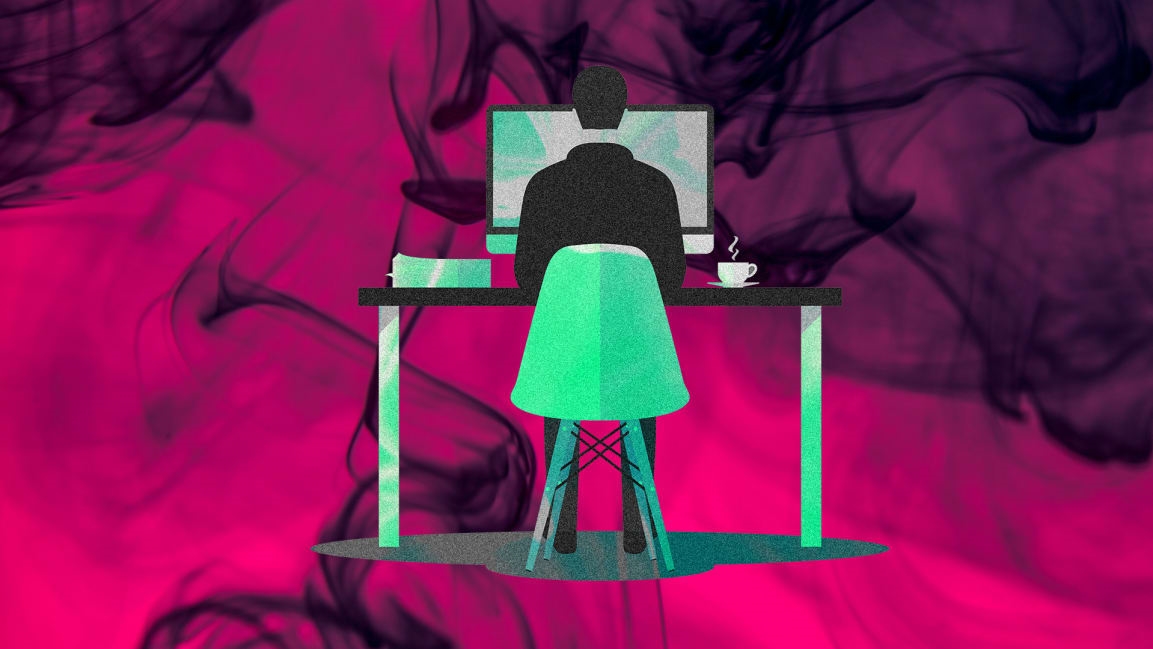5 toxic workplace myths that cut into motivation
Our understanding of work style in ourselves and others can be distorted by myths about people at work. Even when we learn about factors like temperament, personality, and values, we still work in an environment filled with obvious and subtle ideas about the right and wrong ways to work. That these ideas are myths hardly diminishes their power because they are the mental landscape for all the interactions of the day.
Consider friendships at work. On one end of the spectrum, there’s the belief that work is no place for friendships. “It’s just business, nothing personal.” People with this belief might use it as an excuse to disrespect colleagues, take unfair advantage, or just detach from friendly interactions. They might be a corporate shark, or they just might be really shy. They might simply believe that friendship adds nothing practical to work. One’s temperament is less relevant than one’s motivations and behavior.
On the other end of the friendship spectrum, there’s the pretense that you have to develop friendly relationships with everyone in order to be successful, and that even the team member whom you find obnoxious should somehow be your good buddy. People who fear conflict, and cover disagreement by pretending it doesn’t exist, preserve the myth of friendship when it’s not the reality.
Discarding the myths, we come to the healthy realization that people form friendships at work for the same reasons friendships develop outside of work: mutual trust, enjoyment of company, shared ideas and values, an interest in the whole person, and caring. It’s insincere to pretend to like everyone equally (not to mention exhausting); yet it’s isolating to set friendships aside entirely.
Instead, a balanced view sees friendships at work as something good that is part of well-being for individuals and teams. Friendships increase the quality of life at work. Jen Fisher, Deloitte’s chief wellbeing officer is often asked, “should work be fun?” The answer is an emphatic yes! But the fact that the question is even asked is revealing. People think fun is not serious, and work has to be endlessly serious, and therefore there’s no place for fun at work. They think, “I won’t be taken seriously (and thus granted power, responsibility, prestige, promotions) if clients/customers/employees see me enjoying myself.”
There are many reasons this is wrong. For instance, fun activities can help increase engagement and when people enjoy their work (or when they experience pleasure both in work and in relationships), they feel energized.
During the first few weeks of the COVID-19 pandemic, we observed that our teleconferences were formal. People who had not worked remotely before were stressed by the new routine. But soon we were struck by the ingenious ways people found to socialize at a distance. There were teleconference happy hours. A group took a virtual tour of an animal sanctuary together. Another group, noticing that members were watching more videos at home, shared suggestions on the topic of “best movies you’ve never seen.” Each week a different member would list a classic or forgotten movie, and then members would watch and the following week close their work meeting with a 10-minute discussion of the hidden treasure they’d found. They maintained their personal connections by having a bit of fun together.
Here are a few other myths about people’s work styles or workplaces.
Myth: Longer work hours means greater productivity
Despite studies that show everyone has a limit of productive hours in a day or a week, it persists. Burnout is not a badge of honor. The longer employees throw themselves into marathon work days, the less likely they can sustain the routine and deliver high-quality results.
Myth: Money is the only motivator
This myth arises from the fact that financial reward is the easiest motivator to measure. It’s powered up by a culture that celebrates wealth as the measure of someone’s worth. It’s also simpleminded; studies show that motivation and engagement at work are the result of many factors, including feelings like being appreciated and doing meaningful work, which vary from person to person. Motivation is also localized in the sense that employee loyalty is more a factor of how people feel about their immediate managers and their teams. Numerous psychology studies show that intrinsic motivators (such as a sense of purpose, meaning, and loyalty) are more powerful than extrinsic motivators, such as money.
Myth: Most people don’t really want to work hard
Few people are naturally lazy, but lots of people—maybe most of the employees we call “disengaged”—don’t want to put energy into a job they don’t believe in. The solution for that isn’t to call them lazy but to discover why they don’t believe in the job, because a mediocre workplace has endless ways to kill motivation and energy. It could be a bad boss. It could be that the job’s importance to the organization’s success isn’t clear. It could be that the value of the work is unacknowledged. It could be the deadening weight of bureaucracy or frustration because “my work will never see the light of day.” Maybe some people are just in the wrong job, applying their weak skills instead of their greatest strengths. Perhaps some people are simply never recognized for working hard. Or maybe they are not challenged enough and are bored. There are a thousand ways to de-energize people, and the traditional organization is very good at that. You don’t need to go further than remembering a time you were really energized by a project. Remember that feeling of “flow” when you pour energy effortlessly into the work? Now remember a time when you had to drag yourself through a project you didn’t care about (we’ve all had them)? Note the differences between the two projects, and you’ll see that what we call laziness is more a product of the situation than an innate quality. Knock down barriers to caring, and the energy will follow.
Myth: Different work styles are required for maintaining relationships, leading, and following
This is a misconception people bring to the assessments we discussed earlier. People love to typecast others. Remember that everyone is a mix of characteristics, however, and different styles express strengths in different ways. It’s true that those personalities we call “integrators” tend to be good at forming relationships, and that reflects both their natural empathy and the ease with which they communicate, but it’s also true that individuals we call “pioneers” tend to be good at inspiring others to be their best, which is a priceless kind of relationship.
Myth: Work is a zero-sum game
This is another misconception based on traditional power hierarchies. This myth is the basis for so much wasted effort, self-censorship, and mediocre business results. It’s the product of a scarcity mindset. The rules of human nature and capitalism alike debunk this myth, because at their best, both are about people coming together to grow the total rewards, both material and psychological, available to all.
This excerpt is adapted? from Work Better Together: How to Cultivate Strong Relationships to Maximize Well-Being and Boost Bottom Lines by Jen Fisher and Anh Phillips (McGraw Hill, June 2021).
Jen Fisher is Deloitte’s chief well-being officer in the United States. In this role, she empowers Deloitte’s people to prioritize their well-being so they can be at their best in both their professional and personal lives. She speaks and writes about well-being at work and hosts the WorkWell podcast.
Anh Phillips is a researcher and author from Deloitte Consulting and is coauthor of The Technology Fallacy, based on over four years of studies with the MIT Sloan Management Review. Her work has been cited in The Wall Street Journal, and CIO Magazine, among other outlets.
(21)



